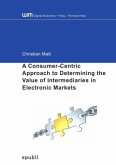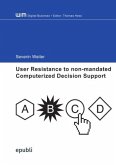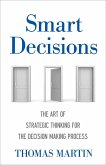Digital information technologies pervade almost all of individual users' private living contexts. Microprocessors and software applications have found their ways into everyday products and household devices. From TV sets that are used for video conferencing to digital lighting systems that users can control and regulate via smartphones, there is a large range of enhanced functionalities and application fields. The emergence of these possibilities causes a new phenomenon - the configuration of individual Smart Home Networks. For both research as well as practice, it is important to understand how the utilities of connectivity influence user behaviors and how the decision mechanisms determine the users' selection of intelligent devices and the diffusion of related technologies. Thus, this dissertation examines different decision scenarios concerning the configuration of Smart Home Networks in four formal-analytical studies based on simulation methods.








